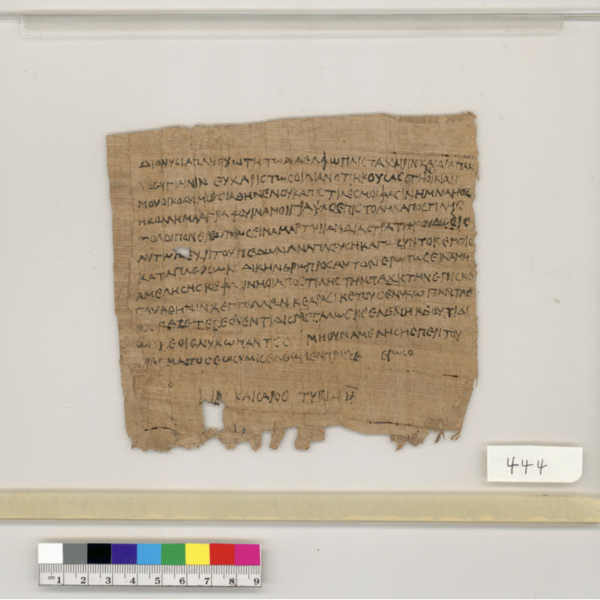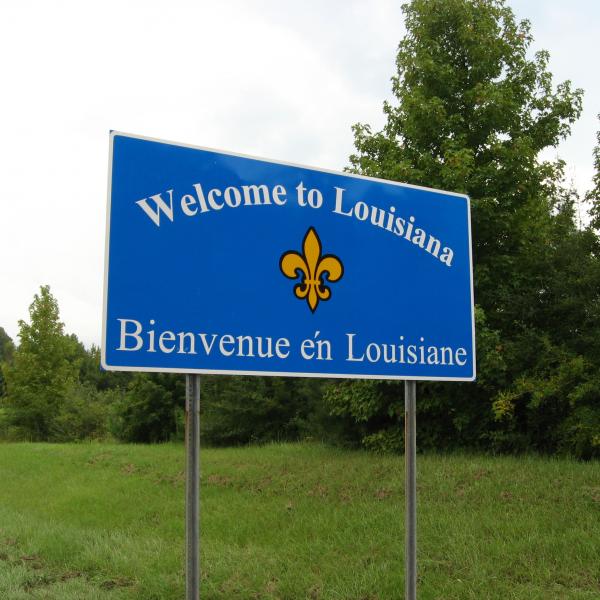When introducing myself at the welcome reception, I mentioned one of my reasons for participating in the Institute lies in my amazement and appreciation for the amount of knowledge gained in my AMCS classes that have direct applications in my classroom. Today’s foci on the Black Arts Movement and the civil rights movement prompted discussion about African American history, including (what and) how it is taught in the classroom. I began my summer by taking a three-week On Location course, in which we studied the landscape of remembrance in American culture. This morning I felt I had returned to the On Location course as the history versus memory and silencing versus forgetting debates crept into conversation. Dr. Calihman mentioned that blacks were denied the right to identify ethnic cultural self-knowledge, and Rosemary eloquently expounded on this when she commented that culture is often passed down through family, a tradition denied to slaves.
While in New York, the class visited the African Burial Ground National Monument and Memorial located in Lower Manhattan. A 1697 law banned African burials in NYC’s public cemetery, so Africans and their descendants buried their loved ones at the ABG from the late 1600s through the late 1700s. After closing in 1794, the land of the ABG was divided into lots for sale. For two centuries the burial ground was covered with layers of buildings and fill material. The human remains were rediscovered in 1991 with the construction of a federal office building. When the remains were rediscovered, many protested the excavation, calling for the remains to be left at rest. Further controversy arose with issues of racism, colonial slavery, heritage reclamation, and economic exploitation. (See the African Burial Ground website for more information.)
The historical site and narrative could serve many purposes in the classroom, which overlap with issues already discussed in the Institute: denial of identity (a Circle of the Diaspora includes only the sex and estimated age at death), African American history as American history (slaves as colonial builders), and the silencing of history. My encounter with the site has prompted a desire to incorporate a recognition and exploration of Northern slavery into my Colonial literature unit. I assume some participants of the NEH Institute are familiar with the ABG; however, I think it is a valuable site of history and memory worthy of recognition for those who may be unfamiliar.
--Anilise Lange




